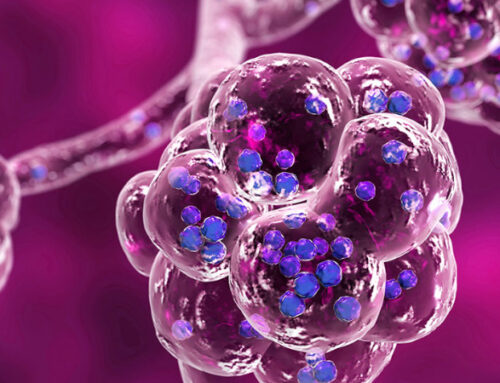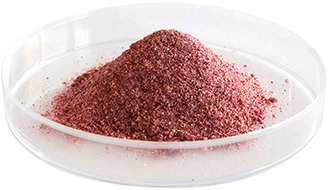Air pollution is caused by burning dirty fuels, either from cooking or heating, or from vehicles. With growing industrialisation and urbanisation but poor global access to clean fuels, the problem of air pollution is growing. The combination of indoor and outdoor pollution has a premature death toll of up to 8.9 million in 20151, and a far larger quality-of-life and medical cost, largely from lung cancer, asthma, chronic obstructive pulmonary disease, acute respiratory infections, stroke and heart disease.

There are four main sources of air pollution:
- Particulate matter. These arise mainly from fuel combustion, either road traffic or cooking.
- Nitrogen dioxide, again from road traffic or indoor gas cookers.
- Sulfur dioxide from burning (mainly) fossil fuels.
- Ground-level ozone, generated from vehicle exhaust by reaction with sunlight.
Obviously, none of these are good for you, but the most common is the particulate matter, abbreviated to PM. These are combinations of dust, salt crystals, black carbon and organic matter produced from engine exhausts, industrial processing and other fuel-burning factors. What is really nasty are the particles with a diameter of equal to or less than 2.5 micrometres (PM2.5). These particles are so small that it takes up to 60 of them to span the diameter of a human hair. At this microscopic size they are small enough to infiltrate deep into our lung tissue and enter our bloodstream. In our lungs they can cause inflammation, with chronic long-term inflammation causing scarring and making breathing more difficult. Once in our bloodstream, PM2.5 can cause further inflammation, promote plaque formation – thereby increasing blood pressure, with all the downstream consequences of that – or even dislodge arterial plaques increasing risks of stroke.
Nitrogen dioxide comprising nitrogen and oxygen (NO2) is one of a group of related gases called nitrogen oxides (NOx). NO2 is a reddish-brown acrid-smelling gas and is the brown colour of smog. It is formed from the high temperature burning of fossil fuels. NO2 is a lung irritant, causing inflammation, wheezing, coughing, mucus overproduction, and is a major contributor to chronic asthma.
In contrast to NO2, sulfur dioxide (SO2) is an invisible gas with a sharp smell. This is the compound causing the smell of burnt matches. SO2 is released from industrial processes that burn sulfurous fossil fuels, such as coal-, oil- or gas-burning electricity-generating plants, or from mineral ore processing. In the past, and currently in newly industrialised countries, great quantities of SO2 are released from vehicles running on sulfur-containing fuels. SO2 can react with other substances to form additionally harmful compounds such as sulfuric acid. It is an irritant, causing lung inflammation, exacerbating asthma and reducing lung function.
Ozone is another invisible gas with a characteristic smell. At ground level it is created from the reaction of sunlight with two primary pollutants, NOx and volatile organic exhaust compounds. Like NO2 and SO2 it is highly irritating.
Reference
1Burnett et al. (2018). Global estimates of mortality associated with long-term exposure to outdoor fine particulate matter. PNAS: 115 (38) 9592-9597; DOI: 10.1073/pnas.1803222115






